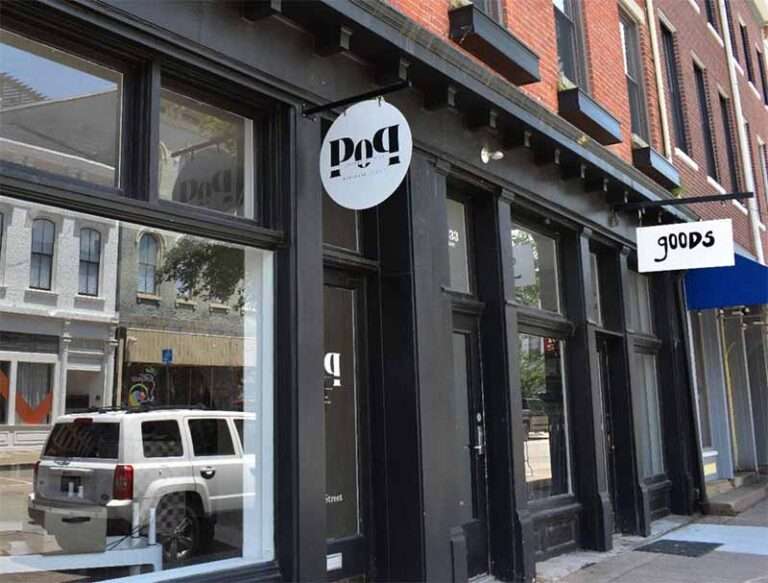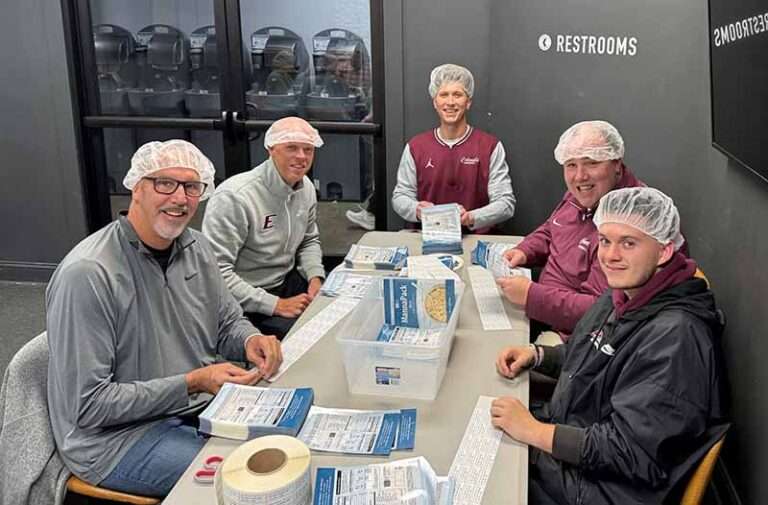The national average for a gallon of gas dipped by two cents since last week, now at $3.13. Low oil costs and tepid domestic gasoline demand are the primary reasons consumers are enjoying a treat at the pump this Halloween. While Kentucky’s average ticked up a cent overnight, today’s average of $2.78 is the 9th lowest statewide average in the country.
“After the weather-related pause caused by back-to-back hurricanes, gas prices have resumed their gradual seasonal decline,” said Lori Weaver Hawkins, public affairs manager, AAA Blue Grass. “We are now about 7 cents away from the national average’s 2024 low, and all indications are that the downward descent will likely keep rolling, with the national average falling below $3 soon.”
With an estimated 1.2 million AAA members living in households with one or more electric vehicles, AAA tracks the average kilowatt-per-hour cost for all levels of public charging by state. Today’s national average for a kilowatt of electricity at a public charging station dipped by a penny to 34 cents. The average cost for a kilowatt of electricity at a public charging station in Kentucky is now at 41 cents, the 9th highest price in the nation.

According to new data from the Energy Information Administration (EIA), gas demand rose slightly from 8.83 million b/d last week to 9.15. Meanwhile, total domestic gasoline stocks fell from 213.6 million barrels to 210.9, while gasoline production decreased last week, averaging 9.7 million barrels daily.
Thursday’s national average for a gallon of gas is $3.13, which is 8 cents less than a month ago and 34 cents less than a year ago.
Kentucky saw its average float up a penny overnight to $2.78, but remains two cents lower than one week ago, 8 cents lower than a month ago and 36 cents less than a year ago. Kentucky now has the 9th lowest cost in the nation for a gallon of regular gasoline.
The average gas price in Lexington popped up two cents overnight, now at $2.77, still a penny lower than a week ago. Lexington’s current gas price is 10 cents lower than a month ago and 43 cents lower than a year ago.
Around the commonwealth, the highest county-level average gas price can be found in Leslie County, at $3.01, the only Kentucky county with an average price above $3. The cheapest county-wide average price of gasoline in the commonwealth can again be found in Simpson County at $2.55.
Nearby, the average price for a gallon of regular gasoline in Ohio is at $3.06 (+17 cents), West Virginia $3.06 (+2 cents), Virginia $3.03 (-2 cents), Indiana $3.07 (+7 cents), Tennessee $2.74 (-7 cents), Illinois $3.31 (-4 cents) and Missouri $2.77 (-4 cents). Tennessee and Missouri remain the only states bordering Kentucky with a lower gas price average.
The highest gasoline average price in the country is Hawaii at $4.59, while Texas has the lowest average gas price, now at $2.68.
At the close of Wednesday’s formal trading session, WTI rose by $1.40 to settle at $68.61 a barrel. The EIA reports that crude oil inventories decreased by 0.5 million barrels from the previous week. At 425.5 million barrels, U.S. crude oil inventories are about 4% below the five-year average for this time of year.
The nation’s top 10 most expensive gasoline markets are Hawaii ($4.59), California ($4.56), Washington ($4.03), Nevada ($3.80), Oregon ($3.62), Alaska ($3.59), Utah ($3.34), Idaho ($3.34), Pennsylvania ($3.32), and Illinois ($3.31).
The nation’s top 10 least expensive gasoline markets are Texas ($2.68), Mississippi ($2.69), Oklahoma ($2.70), Tennessee ($2.74), Louisiana ($2.77), Missouri ($2.77), Arkansas ($2.78), Kansas ($2.78), Kentucky ($2.78), and Alabama ($2.8).

Gas-saving tips for fall travel
- Get your vehicle checked out. Perform regular car maintenance at the intervals recommended by the vehicle manufacturer in the owner’s manual or as indicated by the in-car maintenance reminder system. If you have an aging battery, be sure to have it tested before heading out on your trip. Find a AAA Approved Auto Repair Facility here.
Keep tires properly inflated. Under-inflated tires can decrease your gas mileage by approximately 3%. Not to mention, properly inflated tires are safer and last longer. Check pressure in all four tires every two weeks with an accurate, hand-held air pressure gauge.
Know your octane. Do not purchase mid-grade or premium gasoline unless your owner’s manual specifically recommends it. According to AAA research, Americans waste more than $2.1 billion annually on premium gas in vehicles designed to run on regular fuel. AAA found no benefit to using premium gas instead of regular-grade fuel. At the time of the study, 70% of U.S. drivers owned a vehicle that required only regular gasoline.
Avoid idling. Idling gets zero miles per gallon. Letting your vehicle idle for more than 10 seconds uses more gas than shutting it off and restarting. Don’t start your car until you are ready to go. The engine actually warms up more quickly once the car is operating, and will stay warm after stopping. Avoid drive-up windows. Park and go inside instead.
Observe the speed limit. Gas mileage decreases rapidly at speeds above 60 mph. Each 5 mph you drive over 60 mph is like paying an additional $0.15 per gallon of gas. Using cruise control on the highway helps you maintain a constant speed and, in most cases, will save gas.
Drive sensibly. Aggressive driving (speeding, rapid acceleration and braking) wastes gas. It can lower your gas mileage by 33 percent at highway speeds and by 5 percent around town.
Plan your trip. Carefully planning out your road trip can save you time and money. AAA offers a multitude of AAA road trip planning resources. With a little planning, you can avoid retracing your route and reduce the distance you travel as well. You’ll not only save fuel, but also reduce wear and tear on your car.
Minimize drag. Drag reduces fuel efficiency. Driving with the windows open, using roof- or rear-mounted racks and carrying heavy loads increase vehicle drag. A roof rack or carrier provides additional cargo space and may allow you to meet your needs in a smaller, more fuel-efficient car. However, a loaded roof rack can decrease your fuel economy by 5 percent. Reduce aerodynamic drag and improve your fuel economy by using a removable rack and placing items inside the trunk whenever possible. Avoid carrying unnecessary items, especially heavy ones. An extra 100 pounds in the trunk reduces a typical car’s fuel economy by 1-2%.
AAA Blue Grass

















